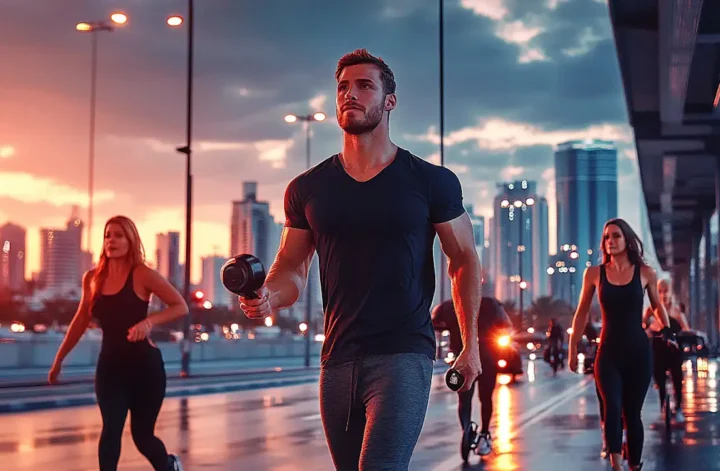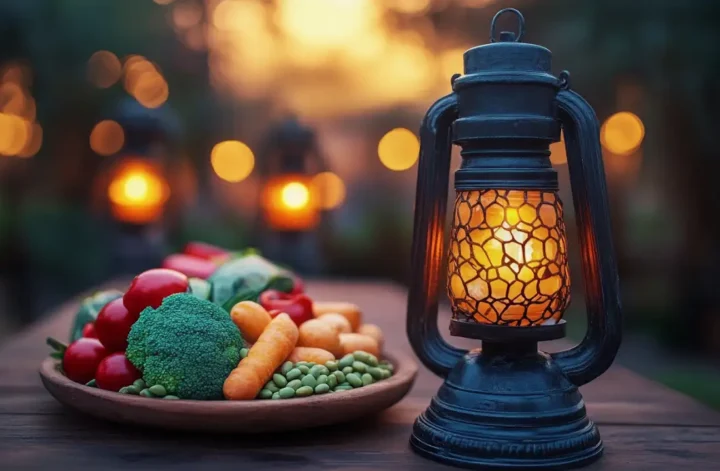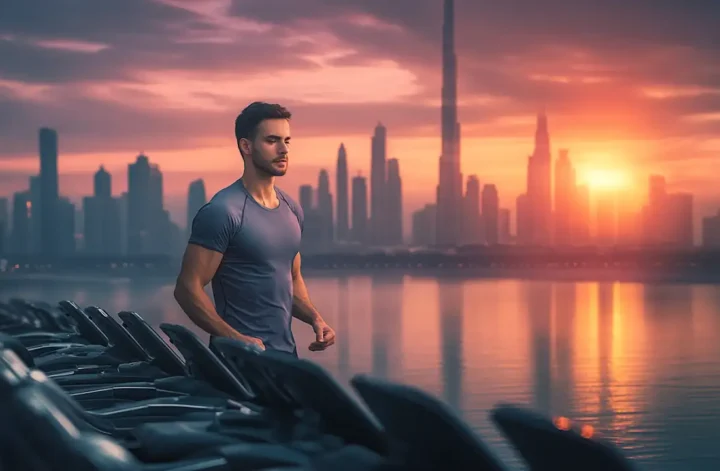The United Arab Emirates has witnessed a remarkable transformation in its real estate sector, with wellness-focused design emerging as a cornerstone of modern development. In 2023, investment in wellness-integrated properties reached AED 8.7 billion, marking a 32% increase from the previous year. This shift reflects a deeper understanding of how built environments influence human health and wellbeing. Developers across Dubai, Abu Dhabi, and Sharjah are now incorporating biophilic design elements, advanced air filtration systems, and wellness amenities that go beyond traditional fitness centers.
The concept of wellness architecture in the UAE has evolved significantly from its initial focus on luxury spa facilities to a more holistic approach that considers mental health, physical wellbeing, and environmental sustainability. Recent studies indicate that properties with wellness features command a premium of 15-20% in the UAE market, with occupancy rates averaging 94% compared to 82% for conventional properties. This transformation is particularly evident in new developments across Dubai Marina, Palm Jumeirah, and Saadiyat Island, where wellness-centric design has become a fundamental aspect of project planning.
The integration of wellness features extends beyond individual residences to encompass entire communities. Urban planners and architects are now designing neighborhoods that promote active lifestyles, social connection, and mental wellbeing. According to the UAE Real Estate Wellness Index 2023, communities with integrated wellness features report 47% higher resident satisfaction rates and a 28% reduction in stress-related complaints compared to traditional developments.
These wellness-focused properties incorporate sophisticated technologies and design elements that promote health and wellbeing. From circadian lighting systems that regulate sleep patterns to advanced water purification systems that ensure optimal hydration, every aspect is carefully considered. The UAE’s commitment to wellness in real estate has attracted international attention, with global wellness real estate experts predicting that the region will become a leading hub for health-conscious property development by 2025.
Innovative Design Elements Reshaping Residential Wellness
The integration of wellness features in UAE properties has reached unprecedented levels of sophistication. Modern developments now incorporate specialized zones for meditation and mindfulness, with acoustic engineering that creates spaces of tranquility amid urban environments. These areas typically feature sound-dampening materials that reduce noise levels by up to 85%, creating peaceful environments that promote mental wellbeing.
Advanced air quality management systems have become a standard feature in wellness-focused properties. These systems utilize HEPA filtration combined with UV-C technology, removing up to 99.97% of airborne contaminants. Many developments now include real-time air quality monitoring systems that allow residents to track indoor air quality through smartphone applications. This level of transparency and control has become increasingly important to health-conscious buyers, with 78% of potential property investors citing air quality as a crucial factor in their decision-making process.
Water quality has emerged as another critical component of wellness-focused design. Properties now feature multi-stage water purification systems that remove contaminants while maintaining beneficial minerals. Some luxury developments have introduced structured water systems that claim to enhance hydration at the molecular level. While the scientific evidence for such systems remains under study, the demand for advanced water treatment solutions has grown by 45% in the UAE’s luxury real estate sector over the past two years.
Natural light optimization has become a cornerstone of wellness architecture in the UAE. Developers are utilizing advanced glazing technologies and strategic window placement to maximize daylight exposure while minimizing heat gain. Studies conducted in Dubai’s wellness-focused communities show that residents in properties with optimized natural lighting report 34% better sleep quality and 28% higher energy levels throughout the day.
Therapeutic Landscapes: The Intersection of Nature and Architecture
The integration of natural elements within UAE’s wellness-focused properties has evolved beyond simple landscaping to create immersive therapeutic environments. Developers are incorporating extensive vertical gardens that purify the air and regulate humidity levels naturally. These living walls typically feature carefully selected plant species that can thrive in the UAE’s climate while providing maximum air-purifying benefits. Research conducted by the UAE Green Building Council shows that properties with integrated vertical gardens demonstrate a 23% reduction in air conditioning costs and a 31% improvement in indoor air quality.
Biophilic design principles have been embraced across new developments, with architects creating seamless transitions between indoor and outdoor spaces. Therapeutic gardens now incorporate sensory elements such as aromatic plants, water features, and textured walking paths that engage multiple senses. These spaces are designed using evidence-based principles that show exposure to natural environments can reduce cortisol levels by up to 19% and increase serotonin production by 25%.
The implementation of therapeutic landscapes extends to rooftop gardens and sky parks that create elevated oases of tranquility. These spaces often feature xeriscaping techniques that reduce water consumption by up to 75% compared to traditional landscaping while maintaining the therapeutic benefits of green spaces. Advanced irrigation systems utilizing gray water recycling further enhance the sustainability of these therapeutic environments.
Private wellness gardens within residential units have become increasingly sophisticated, with developers offering customizable outdoor spaces that can be adapted for various wellness activities. These spaces typically include designated areas for yoga, meditation, and outdoor exercise, with specialized lighting systems that extend their usability into the evening hours. Studies indicate that properties with private wellness gardens command a 28% premium in the UAE market.
Smart Technology Integration for Enhanced Wellbeing
The integration of smart technology in wellness-focused properties has revolutionized the way residents interact with their living spaces. Advanced home automation systems now incorporate wellness metrics into daily living, with AI-powered platforms that adjust environmental conditions based on individual preferences and biorhythms. These systems can monitor and optimize everything from air quality and temperature to lighting intensity and humidity levels, creating personalized wellness environments for each resident.
Wellness monitoring systems have become increasingly sophisticated, with properties now featuring integrated health tracking capabilities. Smart mirrors with built-in health monitoring functions can track vital signs and provide real-time wellness assessments. These devices can measure heart rate, body composition, and even stress levels through facial recognition technology, providing residents with daily health insights and recommendations.
The implementation of circadian lighting systems represents another technological breakthrough in wellness-focused properties. These systems automatically adjust color temperature and intensity throughout the day to support natural sleep-wake cycles. Studies conducted in UAE wellness properties show that residents living with circadian lighting systems report a 42% improvement in sleep quality and a 37% increase in daytime energy levels.
Connected fitness solutions have become standard features in modern wellness properties, with smart home gyms that offer personalized workout programs and real-time performance tracking. These spaces typically include interactive fitness mirrors and connected exercise equipment that can sync with residents’ personal devices to provide comprehensive workout analytics and progress tracking.
Collaborative Community Spaces for Social Wellness
The development of communal wellness spaces has emerged as a crucial element in UAE’s health-focused properties. These areas are designed to foster social connections while promoting physical and mental wellbeing. Modern developments now feature multi-purpose wellness hubs that can accommodate various activities, from group fitness classes to community workshops. Data from recent community surveys indicates that properties with active social wellness programs experience 45% higher resident engagement rates and a 38% increase in community satisfaction levels.
Innovative shared spaces include meditation gardens, communal cooking areas, and wellness libraries that promote knowledge sharing and social interaction. These spaces are carefully designed to maintain privacy while encouraging meaningful social connections. Acoustic engineering plays a vital role in these areas, with specialized materials and design elements that create distinct zones for different activities while maintaining a harmonious overall environment.
Intergenerational wellness spaces have gained prominence, with developers creating areas that cater to residents of all ages. These spaces typically include multi-generational fitness equipment, adaptable exercise areas, and inclusive design elements that promote family wellness activities. Research shows that communities with intergenerational wellness spaces report a 52% increase in family participation in wellness activities.
Community wellness programming has evolved to include regular health workshops, fitness classes, and wellness education sessions. These programs are often facilitated by professional wellness coaches and health experts, creating a comprehensive support system for residents. Properties offering structured wellness programming report 63% higher resident retention rates and a 41% increase in property value appreciation.
Sustainable Wellness: The Environmental Connection
The integration of environmental sustainability with wellness features has become a defining characteristic of UAE’s premium properties. Developers are implementing advanced energy management systems that not only reduce environmental impact but also create healthier living environments. These systems typically achieve energy efficiency improvements of up to 40% while maintaining optimal comfort levels for residents.
Water conservation technologies have been seamlessly integrated into wellness features, with properties utilizing advanced recycling systems that can reduce water consumption by up to 45%. These systems include gray water recycling for landscape irrigation, advanced filtration systems for swimming pools that minimize chemical usage, and smart water meters that help residents track and optimize their water consumption patterns.
Building materials selected for wellness properties undergo rigorous testing for environmental impact and health effects. Low-VOC materials, natural finishes, and environmentally certified products are standard features in these developments. Studies indicate that properties constructed with these materials report 67% fewer resident complaints about indoor air quality and a 54% reduction in allergy-related issues.
The implementation of renewable energy systems has become increasingly sophisticated in wellness-focused properties. Solar panels are now integrated into architectural elements, while smart energy storage systems ensure consistent power supply for wellness amenities. These sustainable energy solutions typically provide 30-40% of the property’s energy requirements while reducing carbon emissions by up to 50 metric tons annually per building.




